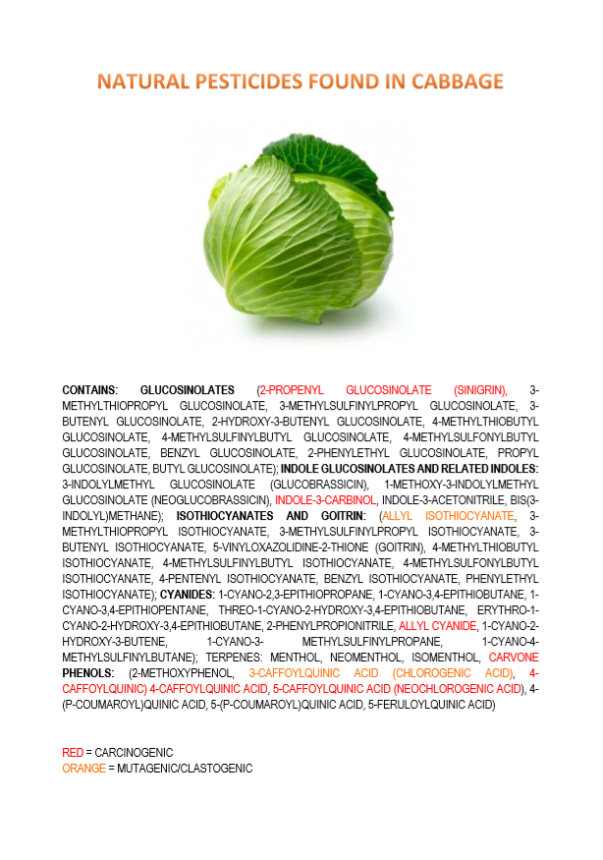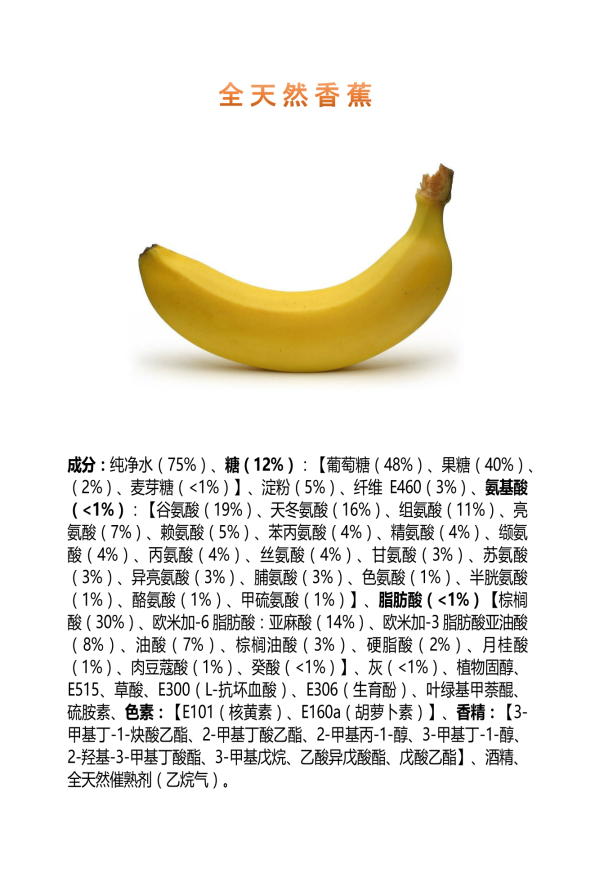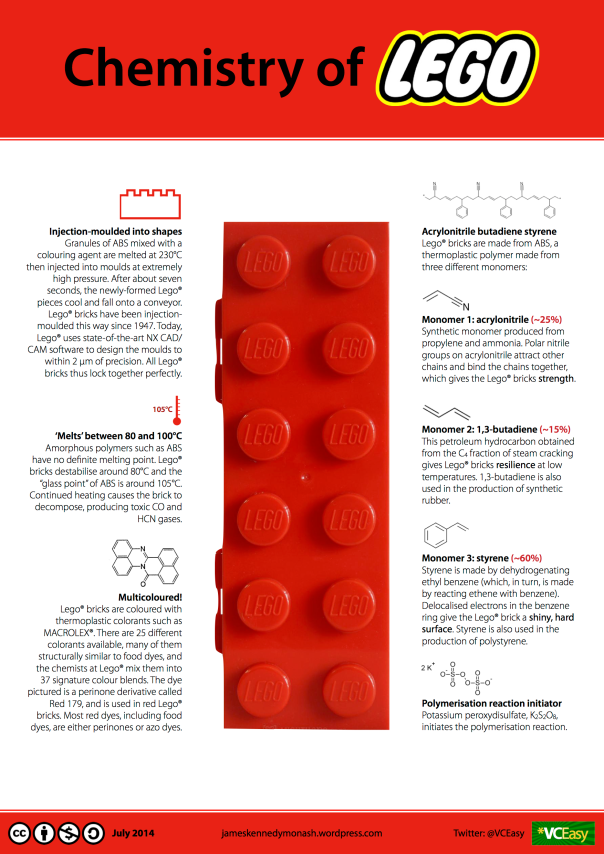There exists a myth that organic fruits and vegetables are healthier because they’re free from harmful pesticides. Bruce Ames, one of the key founders of the field of toxicology back in the 1970s, wrote a landmark paper in 1990 called Dietary pesticides (99.99% all natural), in which, he showcased some of the many naturally-occurring pesticides we ingest every day.
Because plants can’t run away, they attack predators with chemical weapons instead. All plants produce natural pesticides called secondary metabolites that deter predators to varying extents. The production of these secondary metabolites is upregulated during predatory attack.
Some of the natural pesticides that plants produce are toxic. Some are carcinogenic. Some studies have even suggested that if synthetic pesticides are not sprayed onto the surface of the crops, as might be the case in some types of organic farming, plants increase their production of natural pesticides to compensate for the resulting increase in herbivory attack.
Proponents of organic food fail to realise that everything we touch, eat and breathe contains miniscule traces of toxins. Our bodies evolved in a pretty dirty environment and can cope with low levels of toxins being ingested. Some studies even suggest that ingesting these tiny amounts of harmful substances might not only be harmless but beneficial to our health.
Contrary to popular belief, natural foods (wild varieties) are not safer, more nutritious nor more delicious than conventionally-farmed foods. Organic farming is an unsustainable luxury that offers no benefit to consumers’ health.
For more information on organic food, check out my latest book, Fighting Chemophobia, which is available by clicking the link below.
It’s been a while since I posted. I’ve been working on some things that will be revealed in the next few months.


















